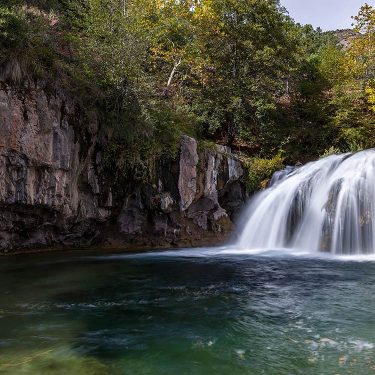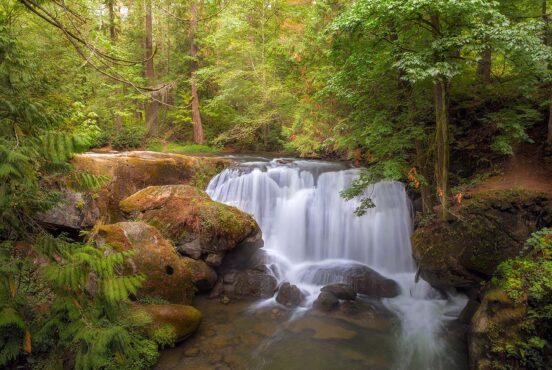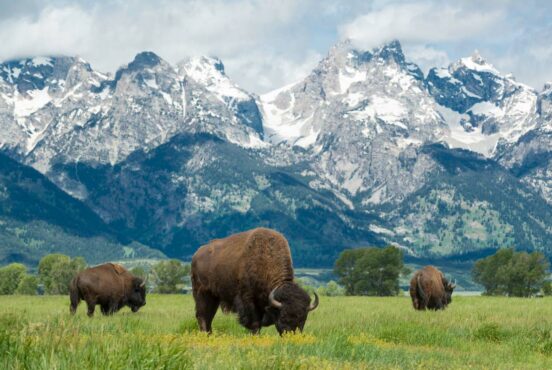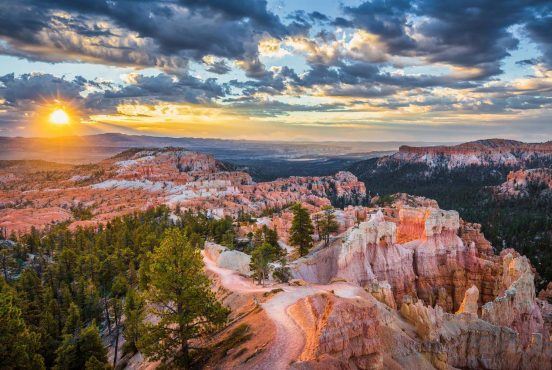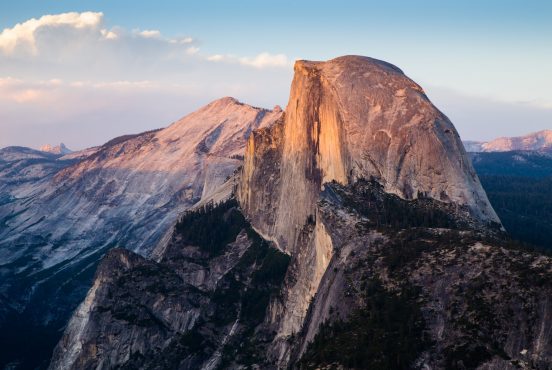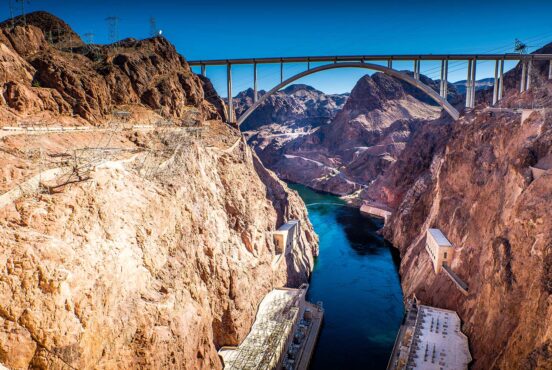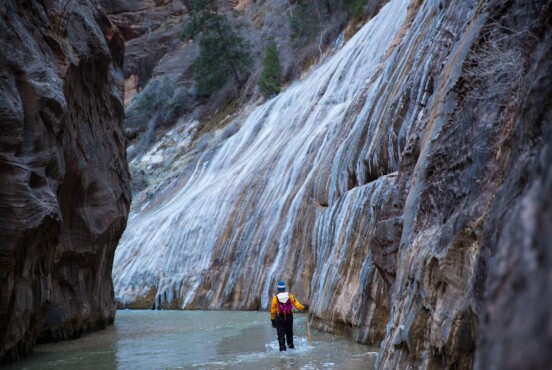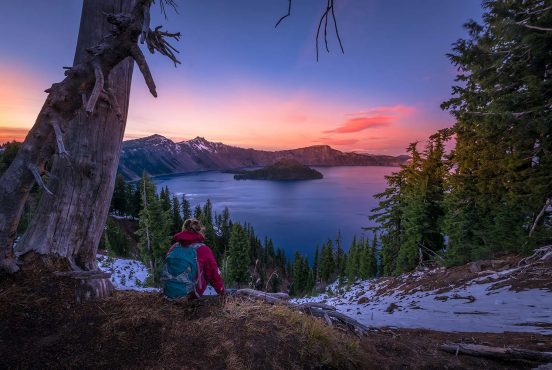In a Record of Decision shared late last week, the National Park Service (NPS) and U.S. Fish & Wildlife Service announced they will be reintroducing grizzly bears into Washington’s North Cascades.
This decision comes at a time when wildlife reintroduction is a bit of a hot topic around the country. In late 2023, Colorado Parks & Wildlife released 10 gray wolves into the Colorado landscape as a direct result of the 2020 election. At the time, wolf reintroduction squeaked by with 51% of the vote.
Grizzly bears in Washington are no different. According to the NPS press release, grizzlies were a key part of the ecosystem in the North Cascades for thousands of years. But, they haven’t been spotted in the region since 1996. The last female grizzly with a baby was last seen in the region in 1991.
The grizzly bear reintroduction comes as the final step of a 2022 Environmental Impact Statement. During the public feedback period in 2023, more than 12,000 comments were received on the EIS and played a critical role on the outcome.
“We are once again going to see grizzly bears on the landscape, restoring an important thread in the fabric of the North Cascades,” said Superintendent of North Cascades National Park Service Complex Don Striker in a press release.
Grizzly Bear Restoration: How Will it Work?
While there isn’t a set timeline to indicate when the reintroduction will begin, there is a loose plan in place. According to the NPS press release, agencies will move 3-7 grizzly bears into the region every year. This process will continue for 5-10 years with the ultimate goal of 25 bears as the healthy initial population. If the reintroduction goes as planned, it would take 60-100 years for the grizzly population to reach a stable and healthy 200 bears. (And the NPS notes that it very unlikely that humans will see any of the grizzlies for the first 10-20 years as the population is so small.)
The specific relocation areas are still to be determined, but the NPS has said that they will put the grizzly bears in remote regions on NPS or United States Forest Service (USFS) lands. They did specify that the Stephen Mather, Pasayten and Glacier Peak wilderness areas are all on the table.
In particular, the NPS is looking relocation areas that are far from roads and have minimal human use at the time of reintroduction. The area would also need to be a high-quality habitat for the bears and it would need to have a decent helicopter landing site — choppers would carry the bears to their new homes.
As with the wolf introduction in Colorado, the agencies will notify partners and the public when the reintroduction process develops. Keep your eyes peeled on the NPS website as that is where the plans will be announced.
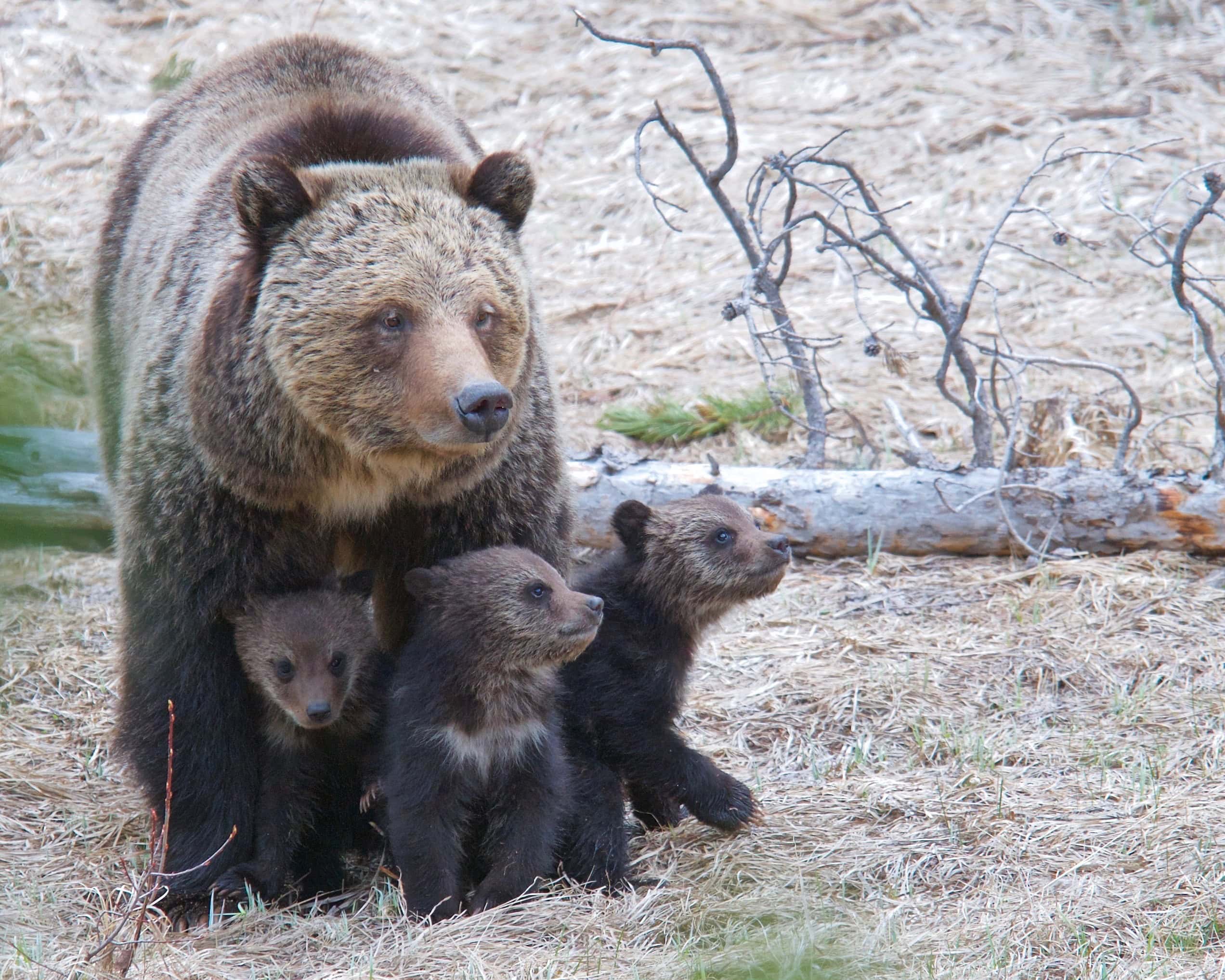
What Kind of Grizzly Bears Will Be Relocated?
In a perfect world, the agencies are looking for independent bears that are roughly 2-5 years old. They’re hoping for grizzlies that haven’t had babies yet and have no history of conflict with humans. In an effort to grow the population, the target demographics would initially be 60-80% female bears and 20-40% male grizzlies.
The chosen bears also need to come from a home region with a similar food economy, or an area that has similar food available as the North Cascades since that will make it easier for the grizzlies to adapt. The agencies also want to ensure they relocate bears from regions that already have large and stable populations.
Specifics have yet to be determined, but some regions on the radar include Northern Continental Divide, Greater Yellowstone Ecosystem or the interior of British Columbia.
Public Reaction to the Grizzly Introduction
As can be expected, it’s a mixed bag. Similar to wolves, grizzly bears bring an aura of fear with them since they are apex predators that could potentially bring conflict with humans and other wildlife. In fact, it was the fateful ‘Night of the Grizzlies’ that caused the NPS to change their policies to prevent habituation. And, according to NPR, some local Indigenous tribes are worried that they will have to battle with grizzlies for the salmon populations that they were promised in their treaty rights.
But others are eager to restore the grizzly to their native environment, insisting that it will fix a broken ecosystem caused by human encroachment.
Only time will tell — so stay tuned.
Seen in: National Parks, News, Washington

